Use this nursing care plan and management guide to help care for patients with total joint replacement. Enhance your understanding of nursing assessment, interventions, goals, and nursing diagnosis, all specifically tailored to address the unique needs of individuals undergoing total joint replacement. This guide equips you with the necessary information to provide effective and specialized care to patients dealing with total joint replacement.
What are Joint Replacement Surgeries?
Joint replacements (arthroplasty) are indicated for irreversibly damaged joints with loss of function and unremitting pain, selected fractures, joint instability, and congenital hip disorders. Total Joint Replacement can be performed on any joint except the spine. Hip and knee replacements are the most common procedures. The prosthesis may be metallic or polyethylene (or a combination) implanted with a methylmethacrylate cement, or it may be a porous, coated implant that encourages bony ingrowth.
Nursing Care Plans and Management
Nursing care planning and goals for patients who underwent total joint replacement include preventing complications, promoting optional mobility, alleviating pain, and providing information about the diagnosis, prognosis, and treatment needs.
Nursing Problem Priorities
The following are the nursing priorities for patients who underwent total joint replacement:
- Manage pain and provide adequate pain relief measures.
- Promote wound healing and prevent infection.
- Ensure patient safety and prevent falls or complications related to immobility.
- Facilitate early mobilization and rehabilitation to regain joint function and prevent complications.
- Monitor for signs of complications such as deep vein thrombosis (DVT) or pulmonary embolism (PE) and implement preventive measures.
- Provide patient education on self-care, medications, activity restrictions, and signs of potential complications.
Nursing Assessment
Assess for the following subjective and objective data:
- Pain and discomfort
- Swelling
- Stiffness
- Limited ROM; decreased muscle strength/control
- Bruising and discoloration
- Muscle weakness
- Numbness and tingling sensation around the surgical area
- Difficulty in performing with ADLs
Assess for factors related to the cause of problems of patients who underwent total joint replacement :
- Inadequate primary defenses (broken skin, exposure of joint)
- Inadequate secondary defenses/immunosuppression (long-term corticosteroid use, cancer)
- Invasive procedures; surgical manipulation; implantation of a foreign body
- Decreased mobility
- Pain and discomfort, musculoskeletal impairment
- Surgery/restrictive therapies
- Orthopedic surgery; mechanical compression (e.g., dressing, brace, cast), vascular obstruction, immobilization
- Injuring agents: biological, physical/psychological (e.g., muscle spasms, surgical procedure, preexisting chronic joint diseases, elderly age, anxiety)
Nursing Diagnosis
A nursing diagnosis follows a standardized approach in identifying, prioritizing, and addressing specific client needs and responses to actual and high-risk problems. These diagnoses encompass actual or potential health problems that can be effectively managed or prevented through independent nursing interventions. After conducting a thorough assessment, it is crucial to formulate nursing diagnoses that comprehensively reflect the patient’s existing and potential health concerns. These diagnoses then serve as a guiding framework for developing and implementing focused nursing interventions.
Nursing Goals
Goals and expected outcomes may include:
- The client will achieve timely wound healing, be free of purulent drainage or erythema, and be afebrile.
- The client will maintain a position of function, as evidenced by the absence of contracture.
- The client will display increased strength and function of the affected joints and limbs. Participate in ADLs/rehabilitation program.
- The client will maintain function as evidenced by sensation, and movement within normal limits (WNL) for the individual situation.
- The client will demonstrate adequate tissue perfusion as evidenced by palpable pulses, brisk capillary refill, skin warm/dry, and normal color.
- The client will report relief/control of pain.
- The client will appear relaxed, and able to rest/sleep appropriately.
Nursing Interventions and Actions
Therapeutic interventions and nursing actions for patients who underwent total joint replacement may include:
1. Preventing Infection Risk and Promoting Infection Control
Infection prevention and control for patients who have undergone total joint replacement are done to minimize the risk of surgical site infections (SSIs). Precautions include strict adherence to aseptic techniques during surgery, appropriate prophylactic antibiotic administration, and proper surgical site preparation. Postoperatively, measures such as regular wound assessments, strict hand hygiene, early mobilization, and proper management of drains and dressings are implemented to prevent infections.
Assess skin/incision color, temperature, and integrity; note the presence of erythema or inflammation and loss of wound approximation.
Provides information about the status of the healing process and alerts staff to early signs of infection.
Investigate reports of increased incisional pain and changes in the characteristics of pain.
Deep, dull, aching pain in the operative area may indicate a developing infection in a joint.
Monitor temperature. Note the presence of chills.
Although temperature elevations are common in the early postoperative phase, elevations occurring 5 or more days postoperatively and/or the presence of chills usually require intervention to prevent more serious complications, e.g., sepsis, osteomyelitis, tissue necrosis, and prosthetic failure.
Promote good hand washing by staff and patients.
Hand washing is the single most effective way to prevent infection.
Use strict aseptic or clean techniques as indicated to reinforce or change dressings and when handling drains. Instruct patient not to touch or scratch incision.
Prevents contamination and risk of wound infection, which could require the removal of the prosthesis.
Maintain patency of drainage devices (Hemovac, Jackson Pratt) when present. Note characteristics of wound drainage.
Reduces the risk of infection by preventing the accumulation of blood and secretions in the joint space (medium for bacterial growth). Purulent, nonserious, odorous drainage is indicative of infection, and continuous drainage from the incision may reflect a developing skin tract, which can potentiate the infectious process.
Encourage fluid intake and a high-protein diet with roughage.
Maintains fluid and nutritional balance to support tissue perfusion and provide nutrients necessary for cellular regeneration and tissue healing.
Maintain reverse or protective isolation, if appropriate.
May be done initially to reduce contact with sources of possible infection, especially in an elderly, immunosuppressed, or diabetic patient.
Administer antibiotics as indicated.
Used prophylactically in the operating room and first 24 hr to prevent infection.
2. Improving Physical Mobility & Peripheral Tissue Perfusion
After total joint replacement, physical mobility is important for restoring joint function, preventing complications such as joint stiffness and muscle weakness, and promoting rehabilitation. Nurses play a vital role in facilitating early mobilization, guiding patients through exercises and physical therapy, and monitoring their progress. While maintaining adequate peripheral tissue perfusion is important for wound healing and preventing complications like pressure ulcers or deep vein thrombosis, and nurses ensure proper circulation by assessing perfusion, promoting mobility, and implementing measures such as compression stockings or elevation of the limbs if indicated.
Inspect skin, and observe for reddened areas. Keep linens dry and wrinkle-free. Massage skin and bony prominences routinely. Protect the operative heel, elevating the whole length of the leg with a pillow and placing the heel on a water glove if a burning sensation is reported.
Prevents skin breakdown and eases irritation.
Investigate a sudden increase in pain and shortening of the limb, as well as changes in skin color, temperature, and sensation.
Indicative of slippage of the prosthesis, requiring medical evaluation and/or intervention.
Maintain the affected joints in the prescribed position and the body in alignment when in bed.
Provides for the stabilization of prosthesis and reduces the risk of injury during recovery from the effects of anesthesia.
Medicate before procedures and activities.
Muscle relaxants, narcotics, and analgesics decrease pain, reduce muscle tension and/or spasm, and facilitate participation in therapy.
Turn on the unoperated side using an adequate number of personnel and maintain the operated extremities in the prescribed alignment. Support position with pillows and/or wedges.
Prevents dislocation of hip prosthesis and prolonged skin or tissue pressure, reducing the risk of tissue ischemia and/or breakdown.
Demonstrate and assist with transfer techniques and use of mobility aids, e.g., trapeze, and walker.
Facilitates self-care and patient independence. Proper transfer techniques prevent shearing abrasions of the skin and fall.
Determine upper body strength as appropriate. Involvement in the exercise program.
Replacement of lower extremity joint requires increased use of upper extremities for transfer activities and use of ambulation devices.
Perform and assist with the range of motion exercises to unaffected joints.
Patients with degenerative joint disease can quickly lose joint function during periods of restricted activity.
Promote participation in a rehabilitative exercise program:
- Total hip: Quadriceps and gluteal muscle setting, isometrics, leg lifts, dorsiflexion, plantar flexion of the foot; Total knee: Quadriceps setting, gluteal contraction, flexion/extension exercises, isometrics;
Strengthens muscle groups, increasing muscle tone and mass; stimulates circulation; prevents decubitus. Active use of the joint may be painful but will not injure the joint. Continuous passive motion (CPM) exercise may be initiated on the knee joint postoperatively. - Other joints: Exercises are individually designed for toes and knee movements; arm and unaffected fingers (for finger-joint replacement), exercise fingers and/or wrist of affected arm (for shoulder replacement).
Meets specific needs of the replaced joint.
Observe appropriate limitations based on the specific joint; avoid marked flexion and/or rotation of hip and flexion or hyperextension of the leg; adhere to weight-bearing restrictions; wear knee immobilizer as indicated.
Joint stress is to be avoided at all times during the stabilization period to prevent the dislocation of the new prosthesis.
Encourage participation in ADLs.
Enhances self-esteem; promotes a sense of control and independence.
Provide positive reinforcement for efforts.
Promotes a positive attitude and encourages involvement in therapy.
Palpate pulses on both sides. Evaluate capillary refill and skin color and temperature. Compare with the non-operated limb.
Diminished or absent pulses, delayed capillary refill time, pallor, blanching, cyanosis, and coldness of skin reflect diminished circulation or perfusion. Comparison with unoperated limbs provides clues as to whether the neurovascular problem is localized or generalized.
Assess the motion and sensation of the operated extremity.
Increasing pain, numbness or tingling, and inability to perform expected movements (flex foot) suggest nerve injury, compromised circulation, or dislocation of the prosthesis, requiring immediate intervention.
Test sensation of the peroneal nerve by pinch or pinprick in the dorsal web between the first and second toe, and assess the ability to dorsiflex toes after joint replacement.
The position and length of the peroneal nerve increase the risk of direct injury or compression by tissue edema or hematoma.
Monitor and record vital signs.
Tachycardia and decreasing BP may reflect the response to hypovolemia or blood loss or suggest anaphylaxis related to the absorption of methyl methacrylate into the systemic circulation. Note: This occurs less often because of the advent of prosthetics with a porous layer that fosters the ingrowth of bone instead of total reliance on adhesives to internally fix the device.
Monitor the amount and characteristics of drainage on dressings and from the suction device. Note swelling in the operative area.
This may indicate excessive bleeding and hematoma formation, which can potentiate neurovascular compromise. Note: Drainage following hip replacement may reach 1000 ml in the early postoperative period, potentially affecting circulating volume.
Evaluate for calf tenderness, positive Homan’s sign, and inflammation.
Early identification of thrombus development and intervention may prevent embolus formation.
Observe for signs of continued bleeding, oozing from puncture sites and mucous membranes, or ecchymosis following minimal trauma.
Depression of clotting mechanisms and/or sensitivity to anticoagulants may result in bleeding episodes that can affect red blood cell (RBC) levels and circulating volume.
Observe for restlessness, confusion, sudden chest pain, dyspnea, tachycardia, fever, development of petechiae
Fat emboli can occur (usually in the first 72 hr postoperatively) because of surgical trauma and manipulation of bone during implantation of the prosthesis.
Monitor laboratory studies
See Laboratory and Diagnostic Procedures
Ensure that stabilizing devices (abduction pillow, splint device) is in the correct position and are not exerting undue pressure on the skin and underlying tissue. Avoid the use of a pillow or knee gatch under the knees.
Reduces the risk of pressure on underlying nerves or compromised circulation to extremities.
Administer medications as indicated: warfarin sodium (Coumadin), heparin, aspirin, low-molecular-weight heparin, e.g., enoxaparin (Lovenox).
Anticoagulants and/or antiplatelet agents may be used to reduce the risk of thrombophlebitis and pulmonary emboli.
Apply cold or heat as indicated.
Ice packs are used initially to limit edema and/or hematoma formation. Heat may then be used to enhance circulation, facilitating the resolution of tissue edema.
Maintain intermittent compression stockings or foot pumps when used.
Promotes venous return and prevents venous stasis, reducing the risk of thrombus formation.
Prepare for surgical procedures as indicated.
Evacuation of hematoma or revision of prosthesis may be required to correct compromised circulation.
3. Managing Pain and Discomfort
Effective pain management typically involves a multimodal approach that may include the use of analgesic medications, such as opioids or nonsteroidal anti-inflammatory drugs (NSAIDs), in combination with non-pharmacological techniques like ice or heat therapy, elevation of the limb, relaxation techniques, and physical therapy exercises to promote comfort, reduce pain intensity, and enhance the recovery process.
Assess reports of pain, noting intensity (scale of 0–10), duration, and location.
Provides information on which to base and monitor the effectiveness of interventions.
Investigate reports of sudden, severe joint pain with muscle spasms and changes in joint mobility; sudden, severe chest pain with dyspnea and restlessness.
Early recognition of developing problems, such as dislocation of the prosthesis or pulmonary emboli (blood/fat), provides an opportunity for prompt intervention and prevention of more serious complications.
Maintain a proper position of the operated extremity.
Reduces muscle spasms and undue tension on the new prosthesis and surrounding tissues.
Provide comfort measures (frequent repositioning, back rub) and diversional activities. Encourage stress management techniques (progressive relaxation, guided imagery, visualization, meditation). Provide Therapeutic Touch as appropriate.
Reduces muscle tension, refocuses attention, promotes a sense of control, and may enhance coping abilities in the management of discomfort or pain, which can persist for an extended period.
Medicate on a regular schedule and before activities.
Reduces muscle tension; improves comfort, and facilitates participation.
Administer narcotics, analgesics, and muscle relaxants as needed. Instruct and monitor the use of PCA and/or epidural administration.
Relieves surgical pain and reduces muscle tensions and spasms, which contributes to overall discomfort. Narcotic infusion (including epidural) may be given during the first 24–48 hr, with oral analgesics, added to the pain management program as the patient progresses. Note: Use of ketorolac (Toradol) or other NSAIDs is contraindicated when the patient is receiving enoxaparin (Lovenox) therapy.
Apply ice packs as indicated.
Promotes vasoconstriction to reduce bleeding or tissue edema in the surgical area and lessens the perception of discomfort.
Initiate and maintain extremity mobilization: ambulation, physical therapy, exercise and/or CPM device.
Increases circulation to affected muscles. Minimizes joint stiffness; relieves muscle spasms related to disuse.
4. Initiating Health Teachings and Patient Education
Health education for patients who have undergone total joint replacement include teachings about proper wound care, emphasizing the importance of maintaining a clean and dry incision site, and recognizing signs of infection or complications. Furthermore, patients should receive instructions on activity restrictions, postoperative exercises, and the importance of following the prescribed rehabilitation program to optimize joint function, prevent stiffness, and promote a successful recovery.
Identify signs and symptoms requiring medical evaluation, e.g., fever and chills, incisional inflammation, unusual wound drainage, pain in the calf or upper thigh, or development of―strep throat or dental infections.
Bacterial infections require prompt treatment to prevent progression to osteomyelitis in the operative area and prosthesis failure, which could occur at any time, even years later.
Review disease process, surgical procedure, and future expectations.
Provides a knowledge base from which patients can make informed choices.
Encourage alternating rest periods with activity.
Conserves energy for healing and prevents undue fatigue, which can increase the risk of injury or falls.
Stress the importance of continuing prescribed exercise and/or rehabilitation programs within the patient’s tolerance: crutch, cane walking, weight-bearing exercises, stationary bicycling, or swimming.
Increases muscle strength and joint mobility. Most patients will be involved in formal rehabilitation and/or outpatient home care programs or be followed in extended-care facilities by physical therapists. Muscle aching indicates too much weight-bearing or activity, signaling a need to cut back.
Instruct in-home use of Continuous passive motion (CPM) exercise program.
CPM therapy may be continued for some patients after discharge. Note: CPM therapy is used in only about 50% of patients at this time.
Review activity limitations, depending on the joint replacement, for hip/knee sitting for long periods or in a low chair/ toilet seat/ recliner, jogging, jumping, excessive bending, lifting, twisting, or crossing legs.
Prevents undue stress on the implant. Long-term restrictions depend on the individual situation or physician’s protocol.
Discuss the need for a safe environment in the home (removing scatter rugs and unnecessary furniture) and use of assistive devices (handrails in tub or toilet, raised toilet seat, cane for long walks).
Reduces the risk of falls and excessive stress on joints.
Review and have the patient or caregiver demonstrate incisional/wound care.
Promotes independence in self-care, reducing the risk of complications.
Review drug regimen: anticoagulants or antibiotics for invasive procedures.
Prophylactic therapy may be necessary for a prolonged period after discharge to limit the risk of thromboembolism or infection. Procedures known to cause bacteremia can result in osteomyelitis and prosthesis failure.
Notify of bleeding precautions. Instruct use of the soft toothbrush, electric razors, avoidance of trauma or forceful blowing of the nose.
Reduces the risk of therapy-induced bleeding and/or hemorrhage.
Encourage intake of a balanced diet, including roughage and adequate fluids.
Enhances healing and feeling of general well-being. Promotes bowel and bladder function during a period of altered activity.
5. Administering Medications and Pharmacologic Support
Anticoagulants
Patients may receive anticoagulant medications, such as low molecular weight heparin (LMWH) or warfarin to prevent blood clots,. These medications help reduce the risk of deep vein thrombosis (DVT) and pulmonary embolism (PE) by preventing blood clot formation.
Antibiotics
Prophylactic antibiotics are often administered before and after surgery to prevent infection. These medications help reduce the risk of surgical site infections and are typically given intravenously (IV) or orally.
Analgesics
These are pain-relieving medications, including opioids (such as morphine, oxycodone) and non-opioids (such as acetaminophen, nonsteroidal anti-inflammatory drugs or NSAIDs like ibuprofen). They are prescribed to manage postoperative pain and promote comfort
6. Monitoring Laboratory and Diagnostic Procedures
Laboratory studies conducted for hip replacement therapy may include hematocrit and coagulation studies. These tests provide valuable information for managing the patient’s postoperative care and ensuring appropriate interventions are implemented to maintain optimal hematocrit levels and prevent complications related to blood clotting.
Hematocrit
Usually done 24–48 hr postoperatively for evaluation of blood loss, which can be quite large because of the high vascularity of the surgical site in hip replacement. Note: Monitoring of CBC or repeated count may also be indicated for patients receiving enoxaparin (Lovenox).
Coagulation studies
Evaluates the presence or degree of alteration in clotting mechanisms and effects of anticoagulant and/or antiplatelet agents when used. Note: Not necessary for patients receiving enoxaparin (Lovenox); however, stool occult blood tests may be indicated.
Recommended Resources
Recommended nursing diagnosis and nursing care plan books and resources.
Disclosure: Included below are affiliate links from Amazon at no additional cost from you. We may earn a small commission from your purchase. For more information, check out our privacy policy.
Ackley and Ladwig’s Nursing Diagnosis Handbook: An Evidence-Based Guide to Planning Care
We love this book because of its evidence-based approach to nursing interventions. This care plan handbook uses an easy, three-step system to guide you through client assessment, nursing diagnosis, and care planning. Includes step-by-step instructions showing how to implement care and evaluate outcomes, and help you build skills in diagnostic reasoning and critical thinking.

Nursing Care Plans – Nursing Diagnosis & Intervention (10th Edition)
Includes over two hundred care plans that reflect the most recent evidence-based guidelines. New to this edition are ICNP diagnoses, care plans on LGBTQ health issues, and on electrolytes and acid-base balance.

Nurse’s Pocket Guide: Diagnoses, Prioritized Interventions, and Rationales
Quick-reference tool includes all you need to identify the correct diagnoses for efficient patient care planning. The sixteenth edition includes the most recent nursing diagnoses and interventions and an alphabetized listing of nursing diagnoses covering more than 400 disorders.

Nursing Diagnosis Manual: Planning, Individualizing, and Documenting Client Care
Identify interventions to plan, individualize, and document care for more than 800 diseases and disorders. Only in the Nursing Diagnosis Manual will you find for each diagnosis subjectively and objectively – sample clinical applications, prioritized action/interventions with rationales – a documentation section, and much more!

All-in-One Nursing Care Planning Resource – E-Book: Medical-Surgical, Pediatric, Maternity, and Psychiatric-Mental Health
Includes over 100 care plans for medical-surgical, maternity/OB, pediatrics, and psychiatric and mental health. Interprofessional “patient problems” focus familiarizes you with how to speak to patients.

See also
Other recommended site resources for this nursing care plan:
- Nursing Care Plans (NCP): Ultimate Guide and Database MUST READ!
Over 150+ nursing care plans for different diseases and conditions. Includes our easy-to-follow guide on how to create nursing care plans from scratch. - Nursing Diagnosis Guide and List: All You Need to Know to Master Diagnosing
Our comprehensive guide on how to create and write diagnostic labels. Includes detailed nursing care plan guides for common nursing diagnostic labels.
Other nursing care plans for musculoskeletal disorders and conditions:
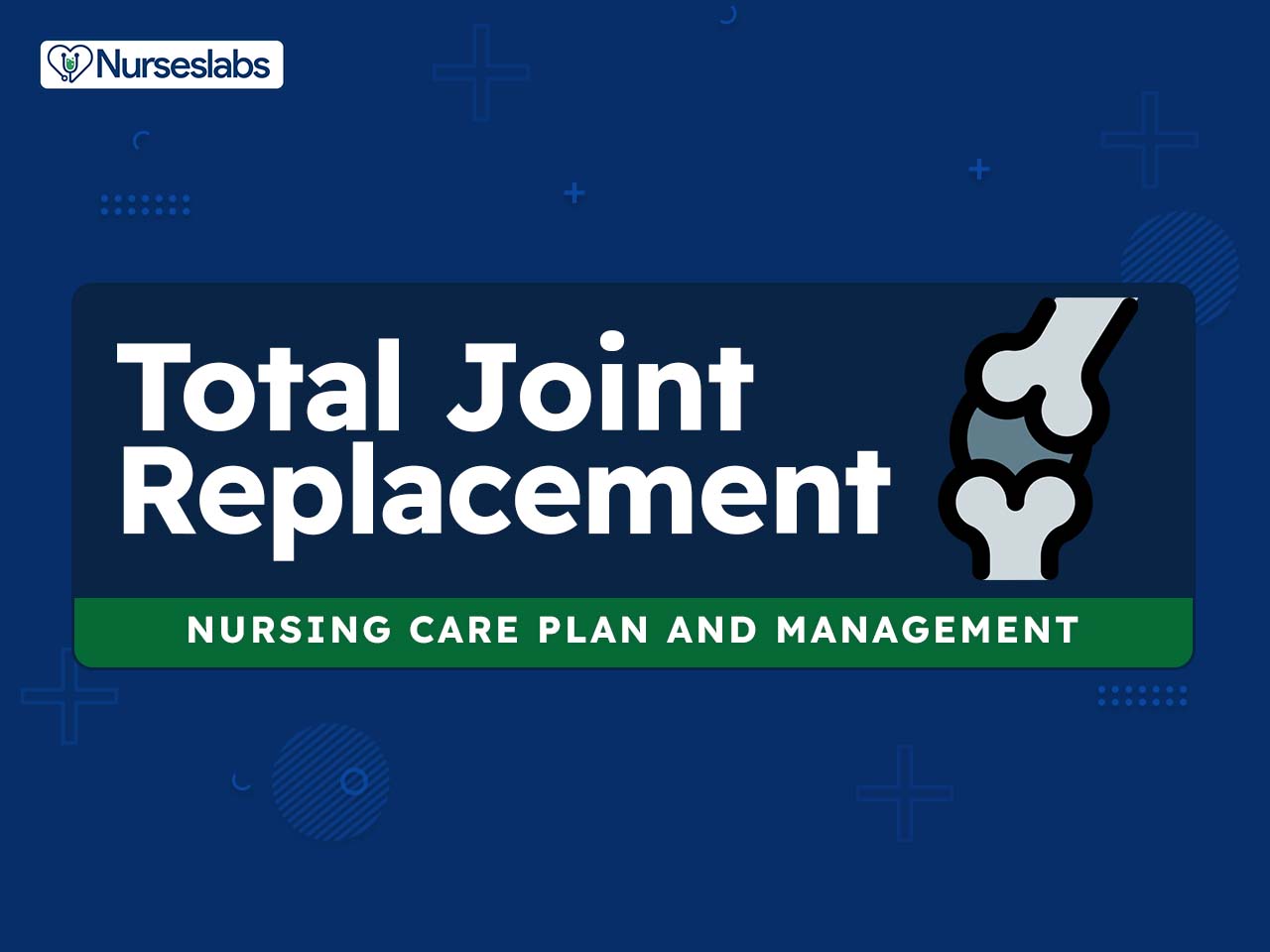
























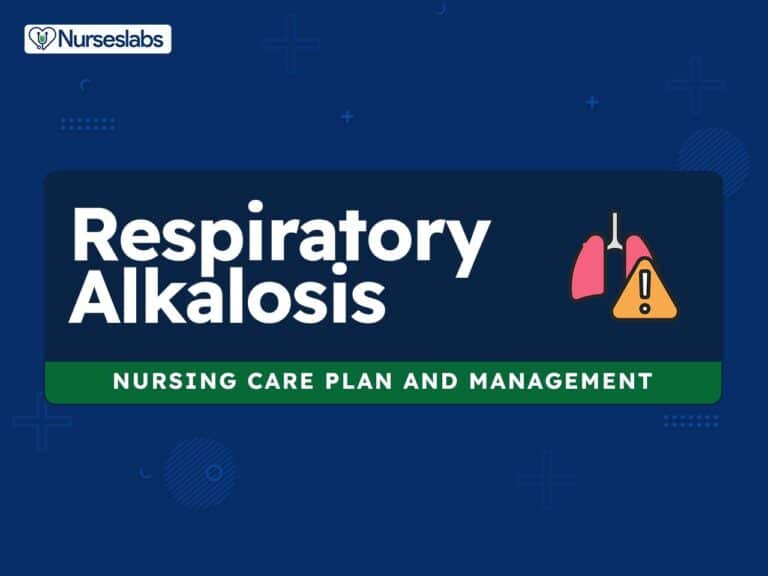
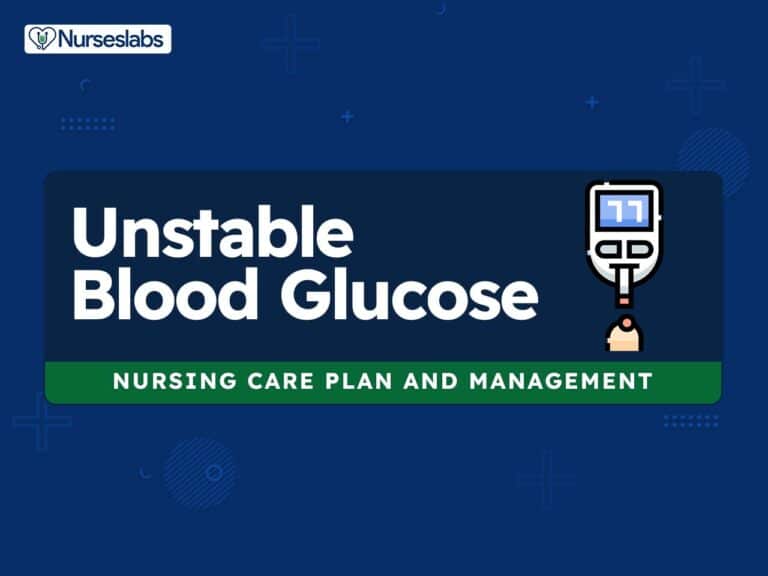


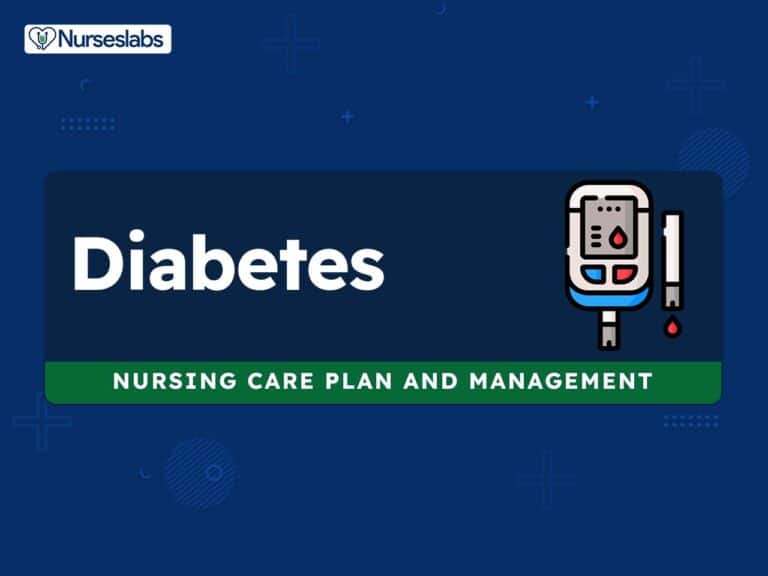
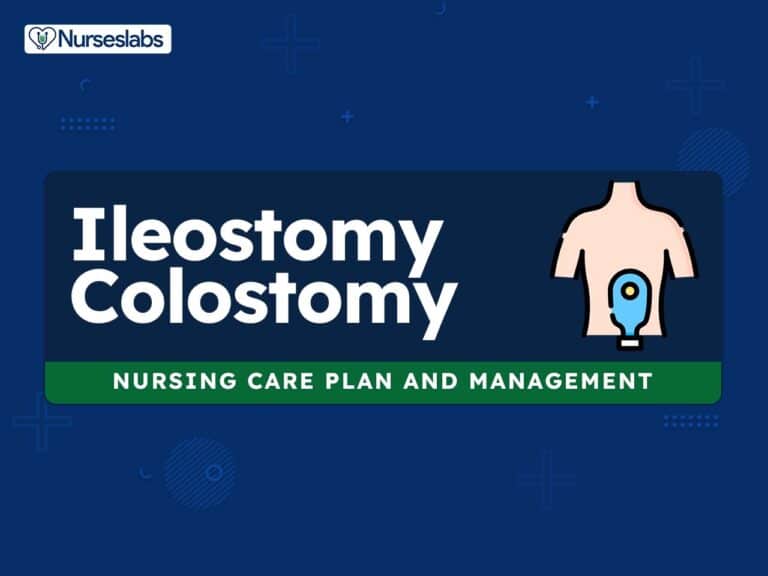

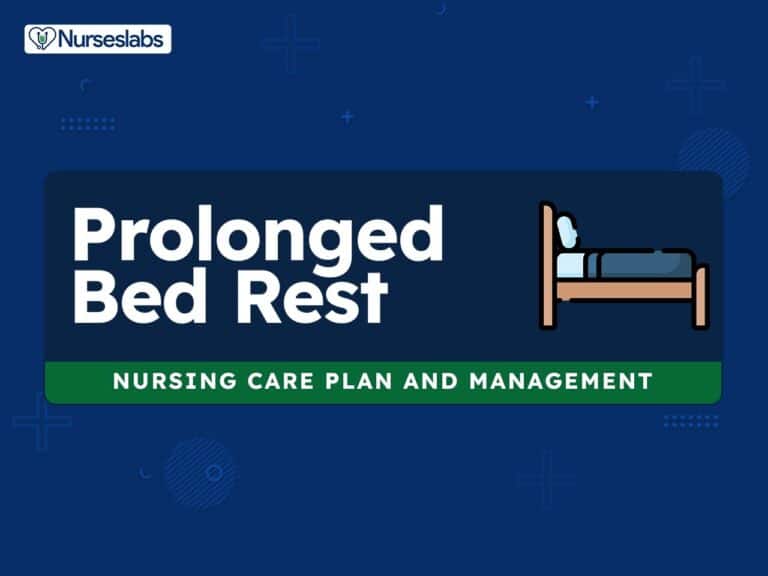


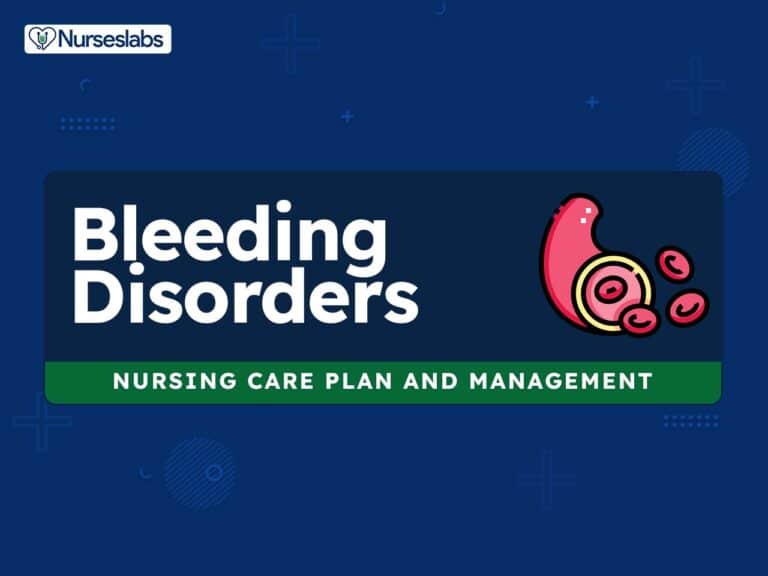

Leave a Comment